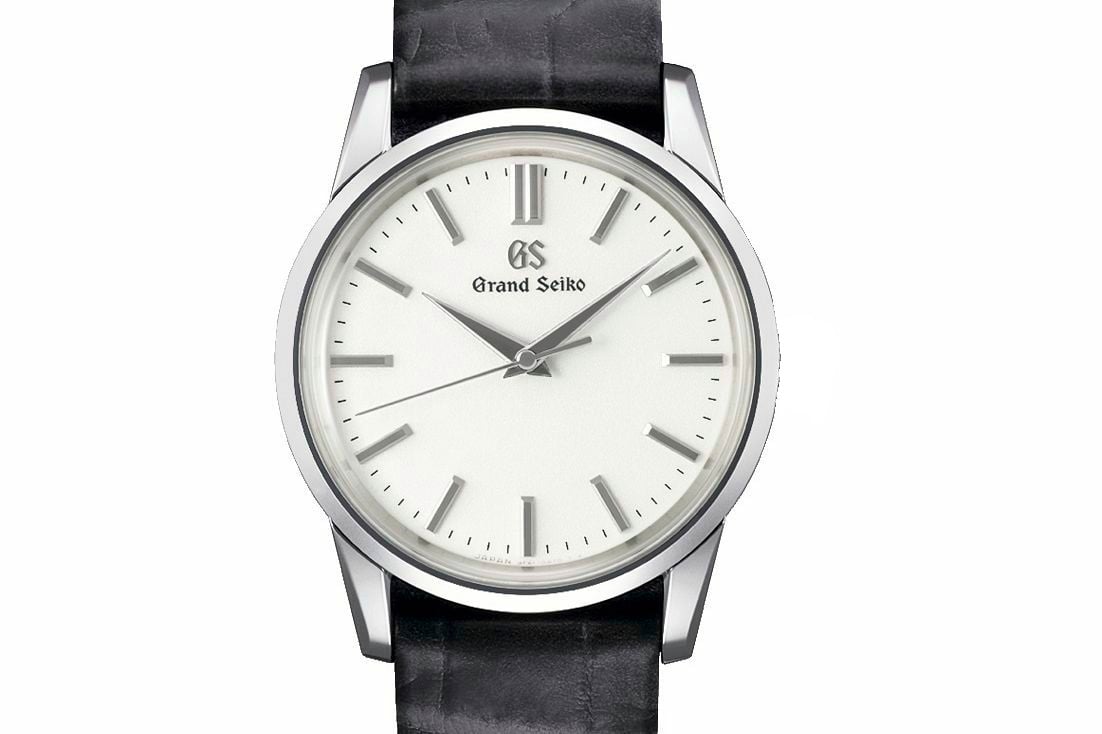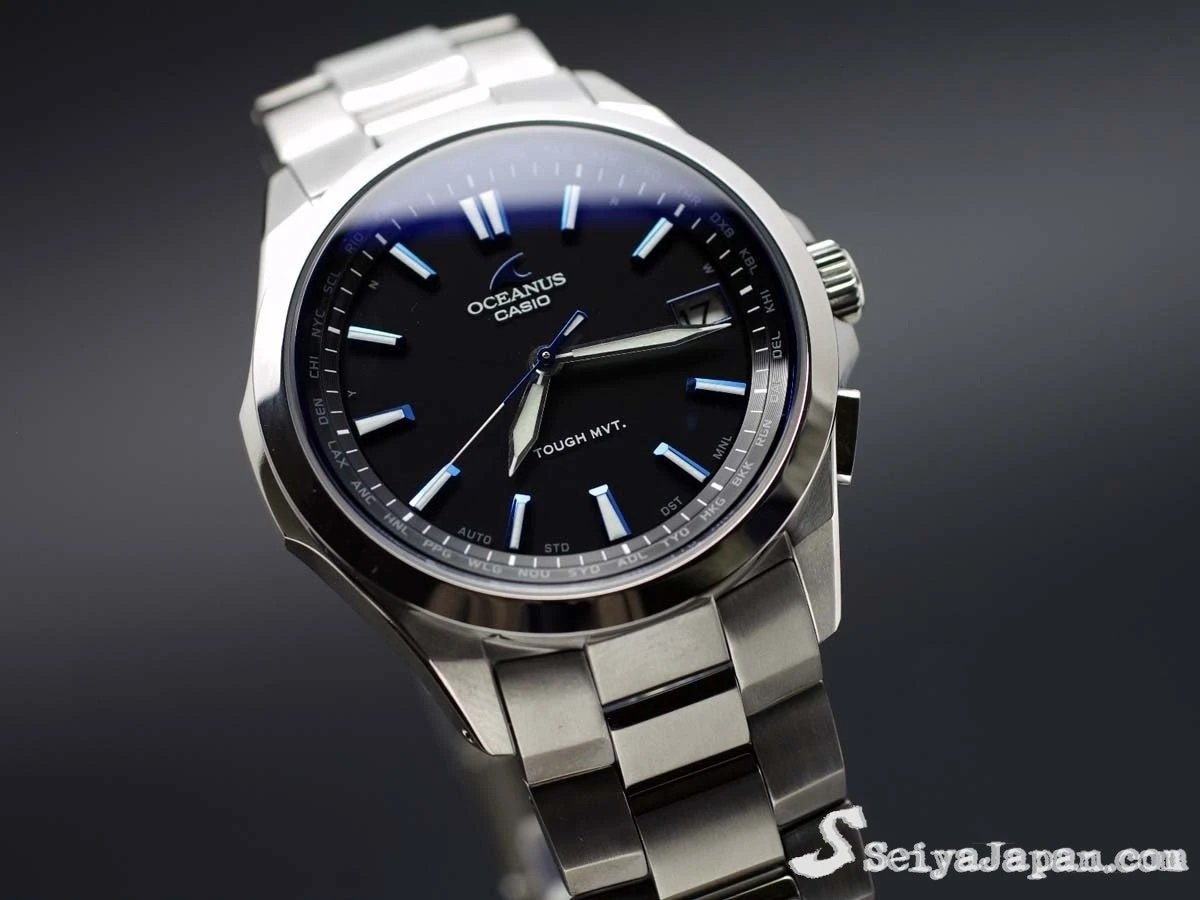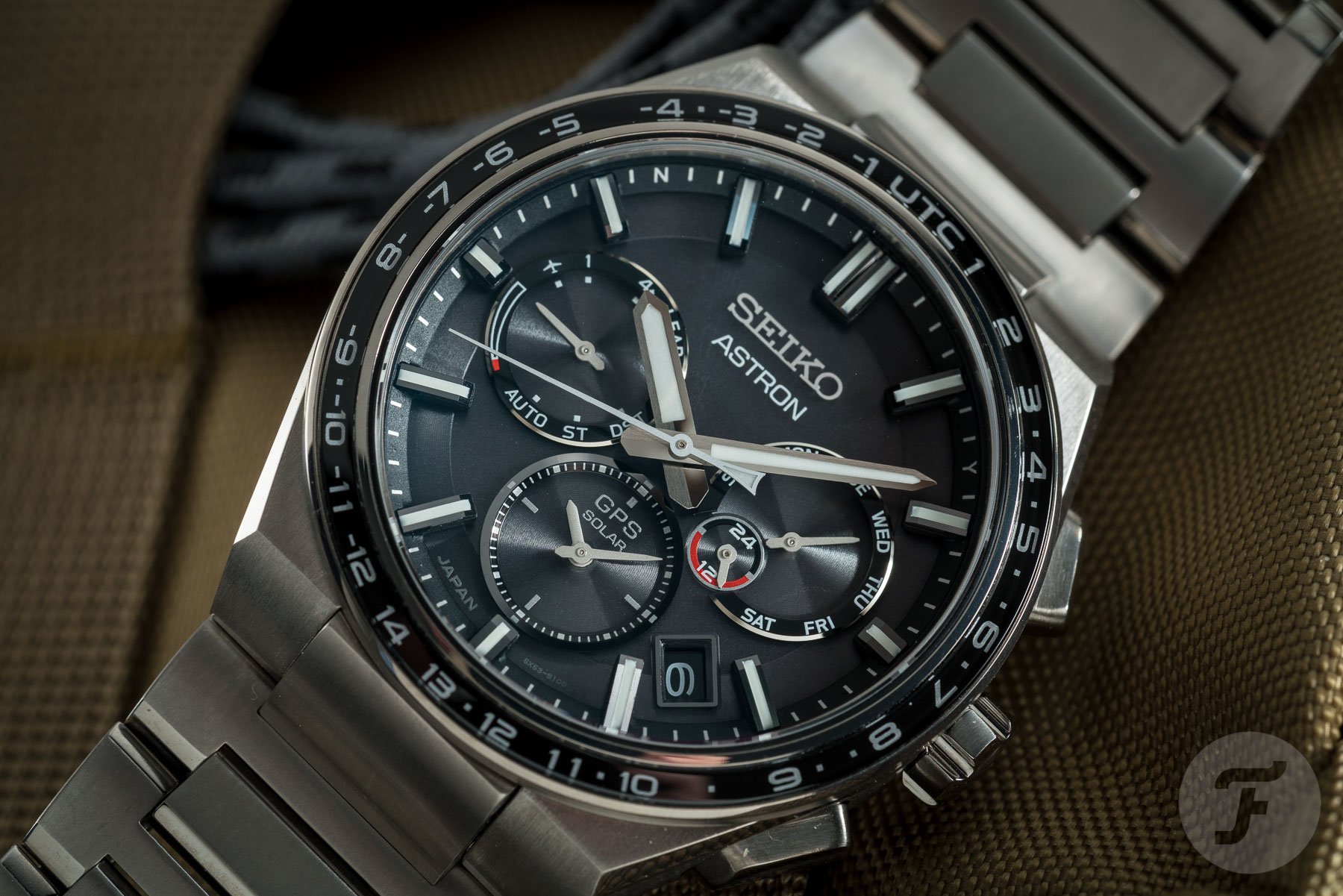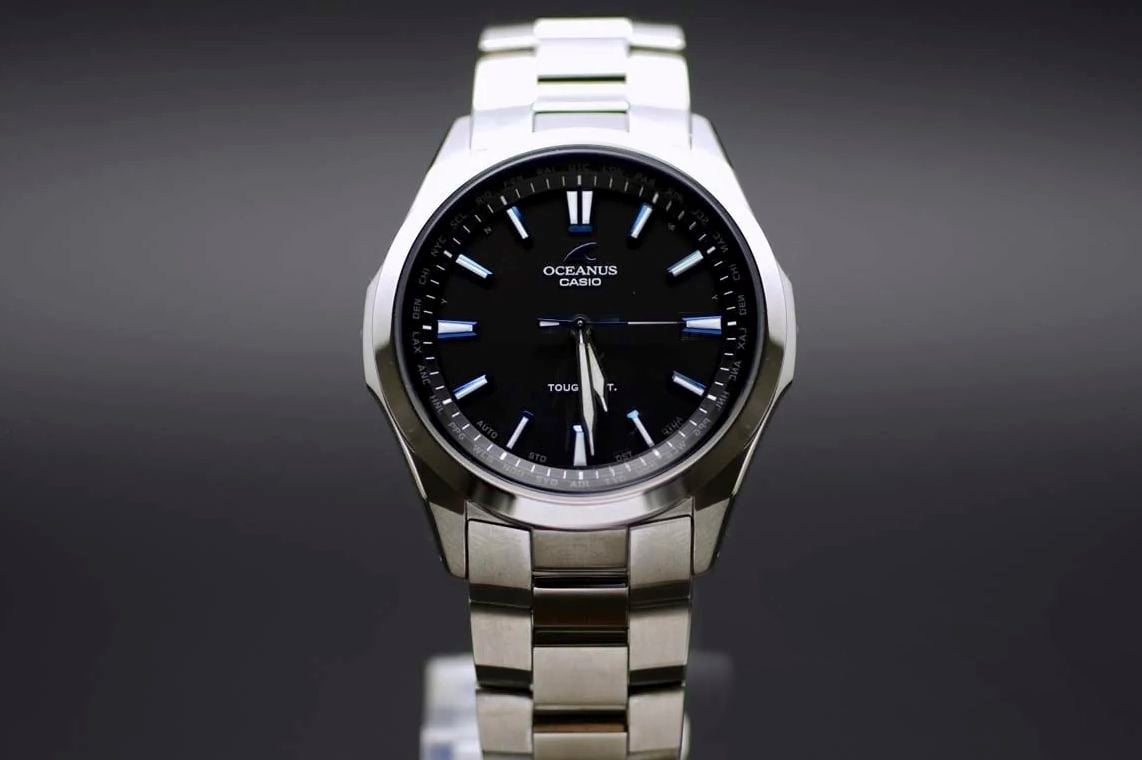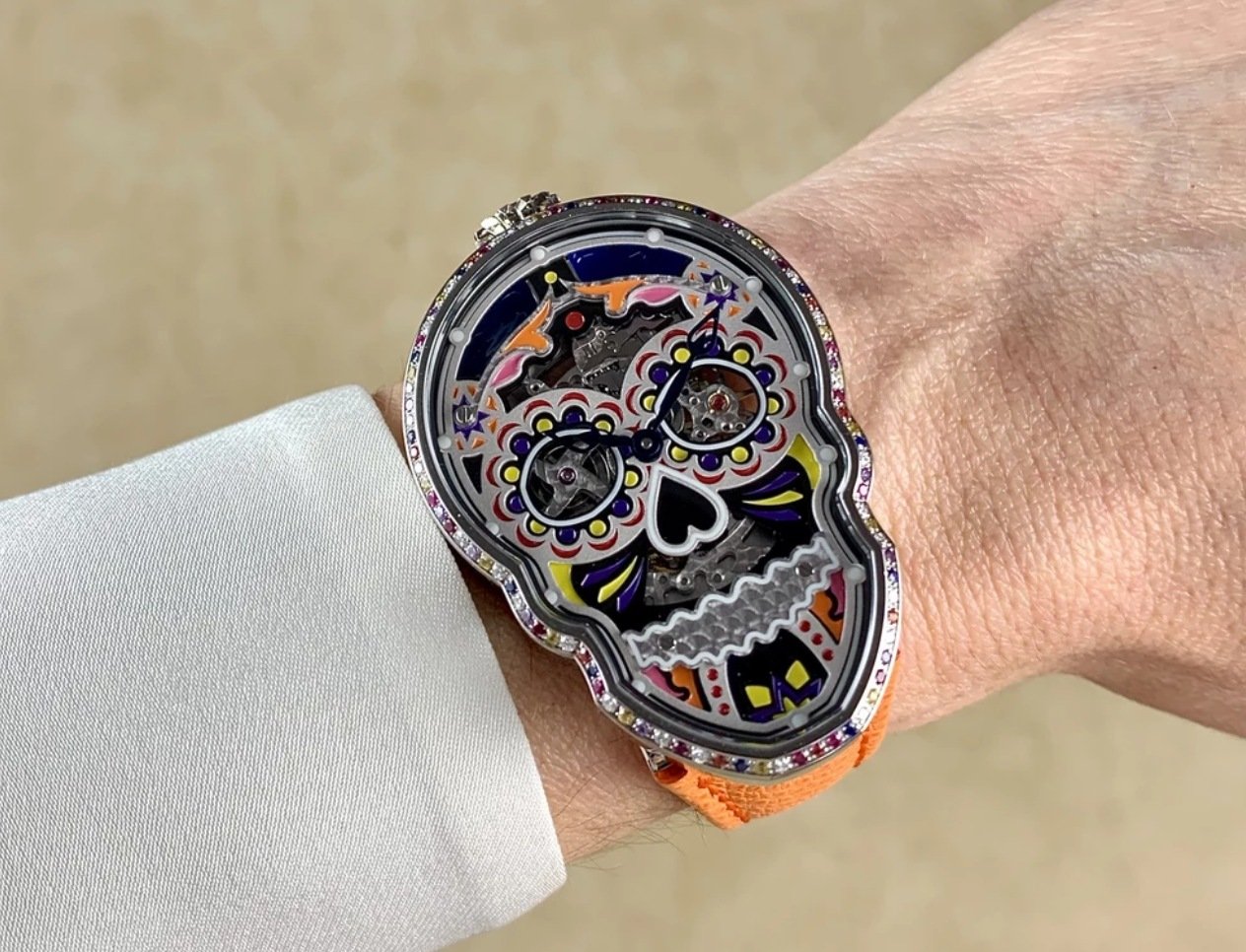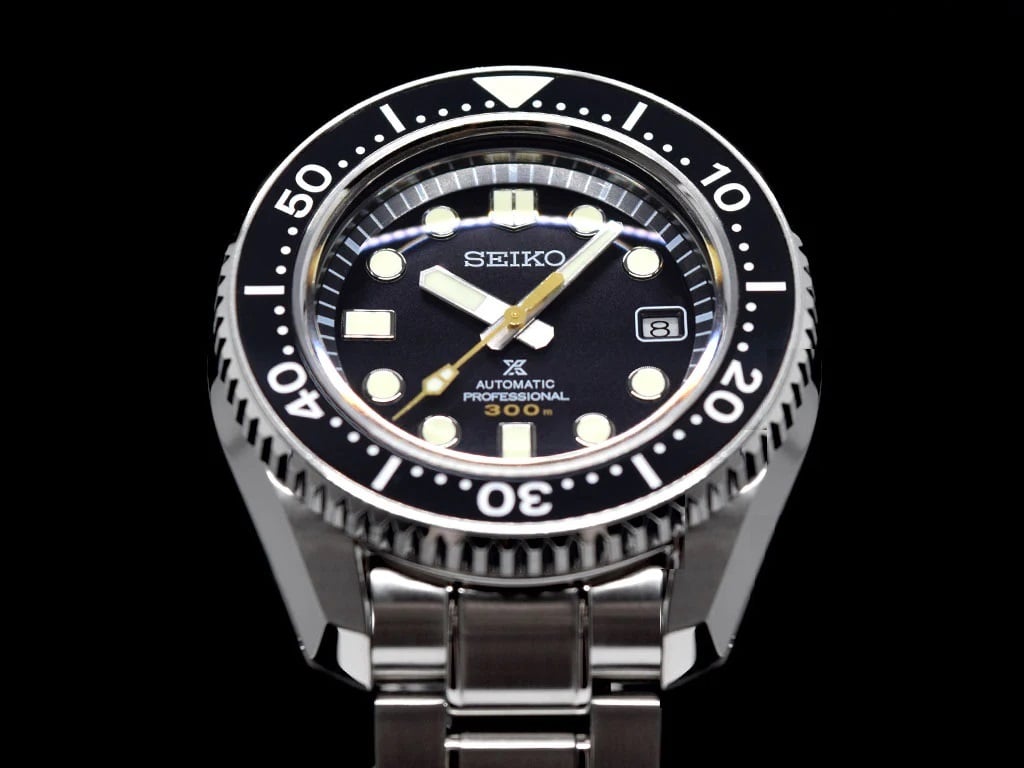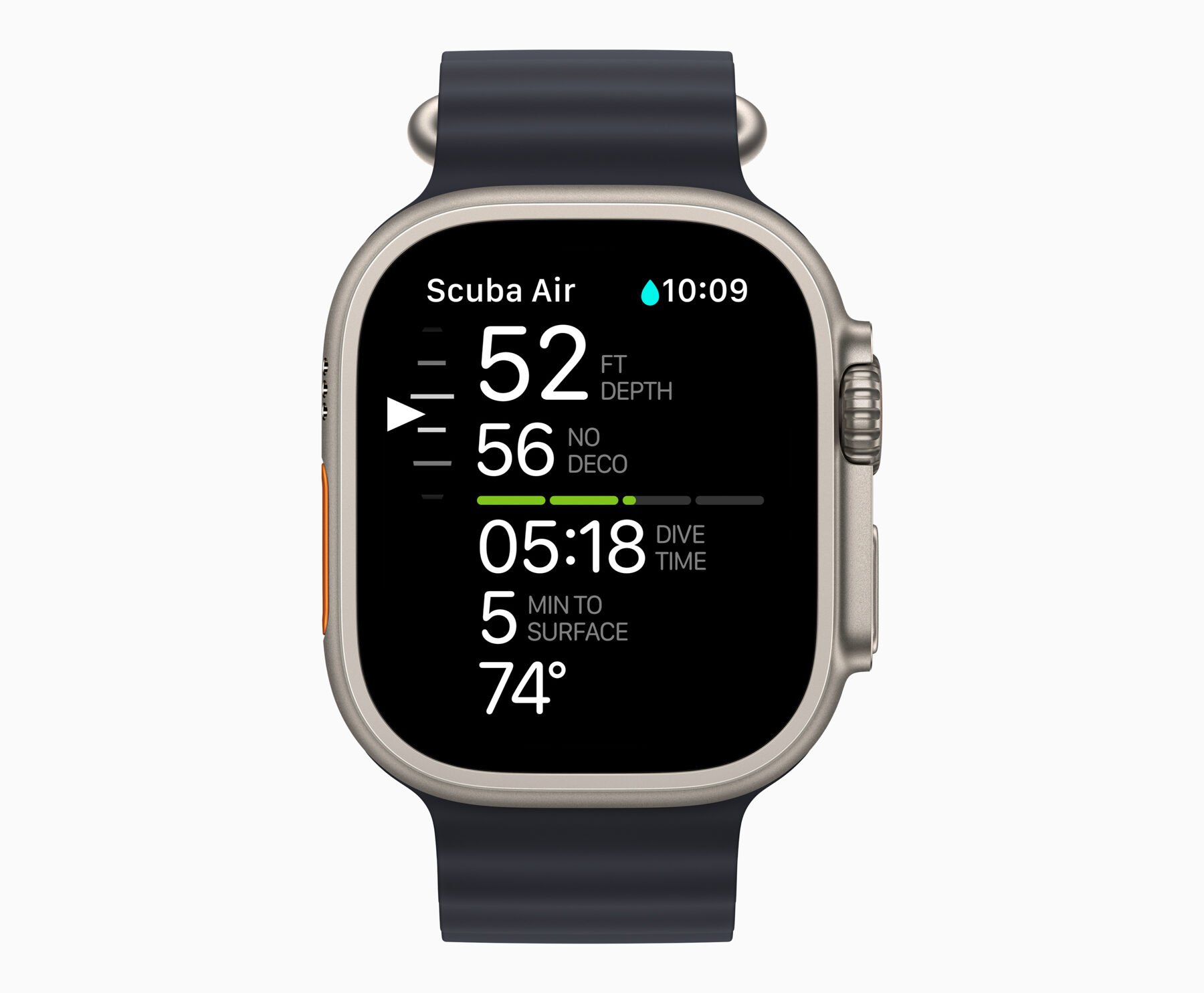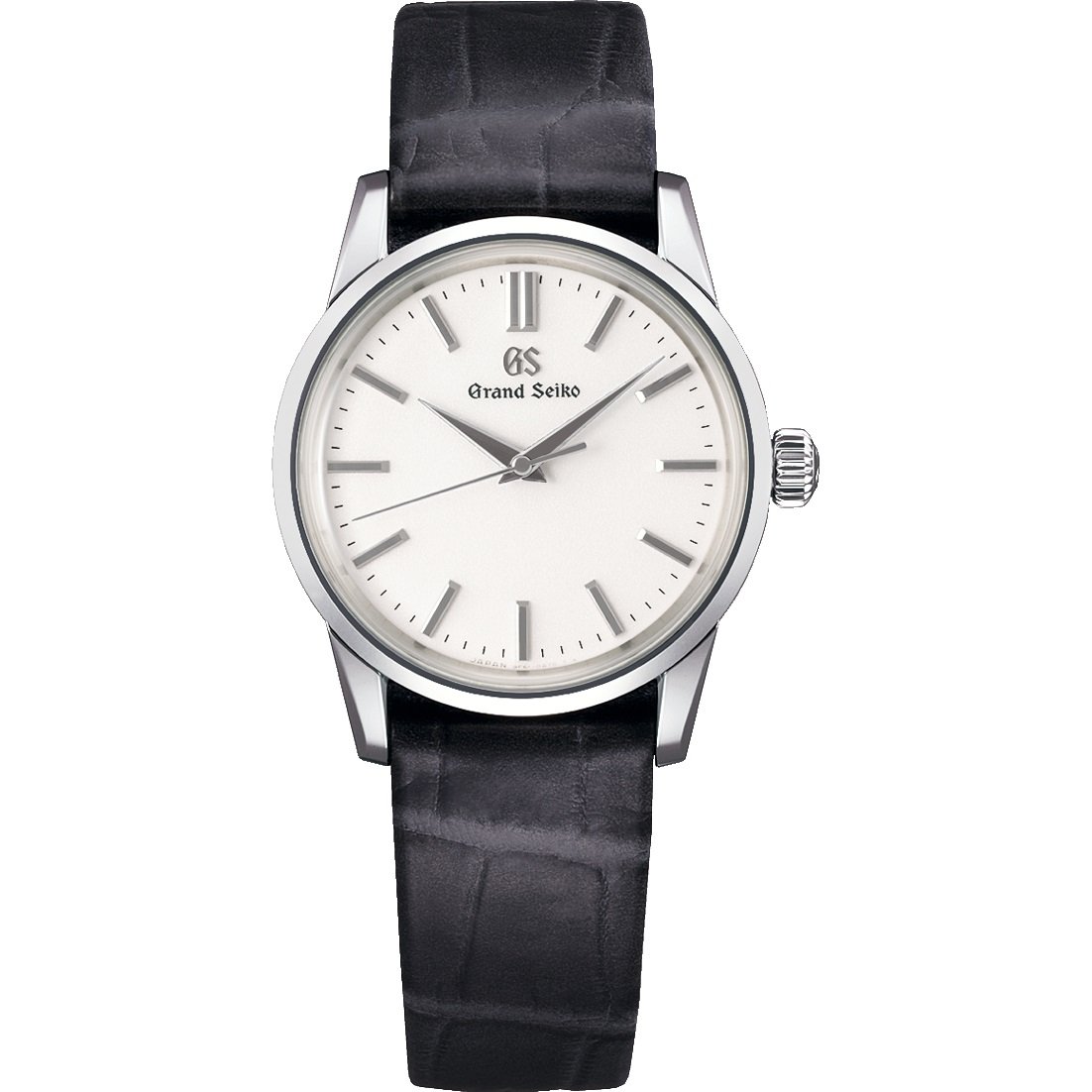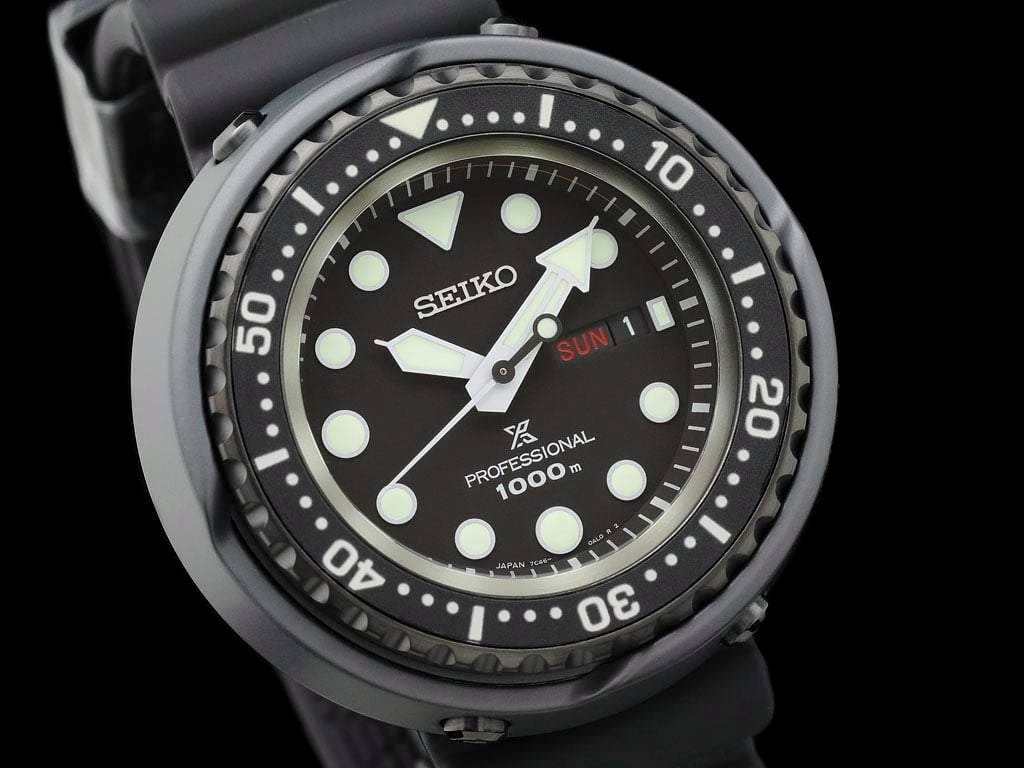A Case For Future Watches: The Crownless Case
A watch just wouldn’t be a watch without a crown… would it? Is the Apple Watch a watch? Does its rotary selector count as a crown? Is a digital G-Shock a watch? Where is its crown? If a brand were to produce an analog watch with no crown and — this is key — no avenue for user input or manipulation, would it be a watch? And if it were, would it be something people would ever be comfortable with? There are too many questions to have the answers to in one article, but the watch industry, market, and world exist at a unique place where forms have the luxury of fluidity and interpretation. I think a watch without a crown could be a radical step for the industry. But what is the crownless watch, and why is now the perfect time for it to exist?
In terms of both function and form, watches currently exist in a realm that is ripe for metamorphosis. These objects have maintained, to varying degrees, physical and functional traits that have made them recognizable as “watches” for over 100 years. But the technology and functions available with any given watch have, for the most part, marched headlong into the future with everything else, limited only by form. Of course, some watches and watchmakers will forever hold to the purity of hand-crafted and -finished mechanics, anachronisms that we can forever appreciate, no matter the era. But for those looking to push the envelope, both technically and perceptually, I ask: Where are the real changes?
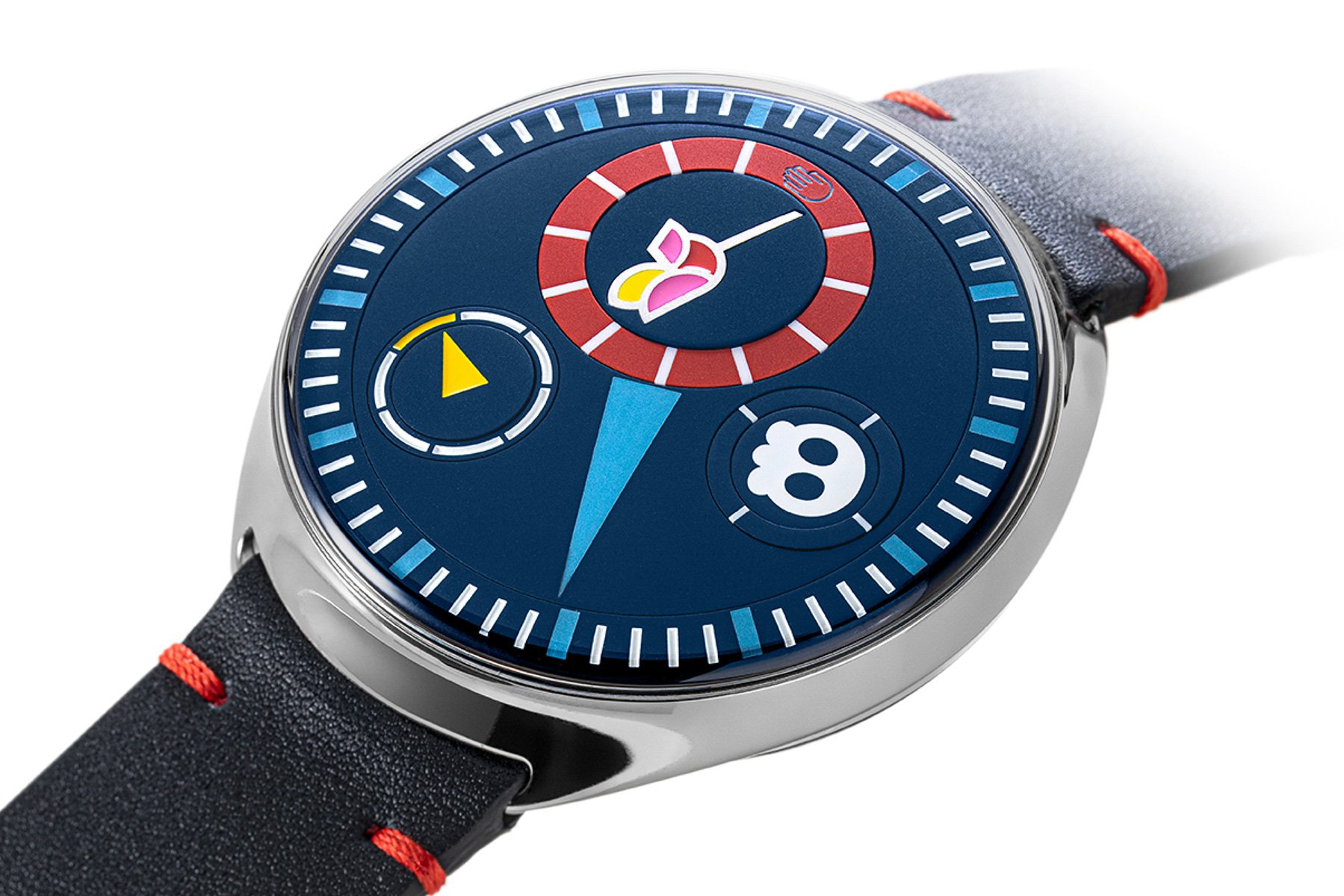
Ressence × Alain Silberstein Type 1 “Carpe Diem” — a crownless watch, yes, but not in the way I imagine.
“A Case For Future Watches”
This is the first of a three-part series regarding implementations of technologies or designs that I believe the watch industry is capable of delivering and that the watch market could well be ready to receive. In these proposals, I see the potential of how concepts and technologies that are currently being explored might look if played out to their ends. I’m proposing idealized forms that have only become possible in this current age of technology. And, as an idealist, I see solutions to problems no one is necessarily asking to have solved. But if watches are anything in this modern, digital age, they are highly impractical expressions of human ingenuity and capability. I don’t see why the future should be any different
What is a Crownless Case?
So what exactly am I talking about? In this case (pun intended), I am quite literally talking about the creation of analog, three-hand watches without crowns for their cases. How would this be possible or practical (as much as practicality plays into such things)? In a traditional, analog, mechanical watch, a crown is a very necessary extension of the movement. For all of Rolex‘s accuracy, finite power reserves and deviations of even a second or two per day would result in junk trinkets if there was no way to adjust the time. But there are analog, three-handed watches that far surpass the limitations of mechanical movements that would be prime candidates for crown removal.
I am, of course, talking about quartz-based watches. By extension, I believe if what I am proposing is to ever come to fruition, it will come from Japan. Quartz watches, for all their accuracy and functionality, are largely brutish and inelegant compared to their mechanical counterparts. This is especially true for watches with digital screens. No typeface is going to trump the elegance of watch hands dancing across a dial, and digital watch typefaces have remained largely unchanged since the technology’s creation.
However, there are refined quartz watches. I’ll address them further in just a bit. Grand Seiko’s quartz calibers are elegant in their own unique way, both in finishing and functionality. Elegant enough, in fact, that the brand has made them visible on occasion through exhibition case backs. Citizen, too, has some quartz calibers worthy of aesthetic praise. Where would the hyper-accurate quartz craze be if not for the elegant and formidable Caliber 0100?
The not-so-simple, function-first quartz watches
The big three from Japan — Seiko, Citizen, and Casio — also produce analog quartz calibers that are not assembled and decorated to an extent that would merit showing them off through a case back. Where quartz watches movements (above extremely simple, inexpensive models) really shine is in the implementation of multiple technologies to produce quite formidable and capable analog or ana-digi watches.
Seiko has its Astron line, which receives atomic timing signals from satellites. Some of Citizen’s Promaster watches use radio-controlled timing or satellite signals for atomic accuracy. Models from Casio’s Oceanus line use various combinations of satellite, radio signal, and/or Bluetooth for redundancy. All three companies, to some extent, utilize solar charging via the watch dial.
All of these watches have crowns. The functionality of each crown is unique to the watch. The time can be set (“manipulated” may be a better word), as can various functions as the various digital complications allow. Were these watches not so complex in functionality, a crown would be a largely symbolic ornament, as it is with the Casio Oceanus OCW-S100-1AJF.
Satellite accuracy for the win
The most important technology for achieving our purpose is satellite signal calibration. Watches like Seiko’s Astron GPS Solar 5X53 Dual-Time receive timing signals from GPS satellites. Every GPS satellite is equipped with multiple atomic clocks, able to provide accuracy to within 100 billionths of a second for eligible receivers on the earth. GPS plays another role too in that a watch such as the Astron GPS Solar 5X53 Dual-Time is able to receive information regarding its location and relevant time zone. This is an extra layer of information not transmitted by radio.
For the cleanest execution of a crownless case, satellite signal implementation is key. It’s receivable anywhere on the planet at any time and requires no input from the user to establish the relevant time zone. All three of the Japanese watch titans have demonstrated their ability to implement satellite technology in objects as small as watches, with plenty of additional bells and whistles for good measure. It wouldn’t take much for one of them to develop a time-only or time-and-date-only watch with satellite connectivity — one without a crown.
The crownless case, executed
Imagine a watch, sealed from all sides, with no option for user input yet that keeps perfect time. Japan has shown us that solar technology is long-lived, surviving well over 20 years before needing addressing. Seiko’s Marinemasters employ watch cases with case backs that are integrated with the case, requiring the movement, dial, and crystal to all be loaded in and sealed from the top. This improves water resistance immensely. Water resistance could be further improved without the opening and gaskets needed for a crown stem. And no moving parts and limited use of gaskets result in longer service intervals regarding maintaining water resistance.
A satellite-based, quartz analog watch with a crownless case could be programmed to receive time calibration at certain intervals throughout the day — throughout an hour, even. If the wearer were to fly from Sydney to London, it might take only 15 minutes upon landing for the watch to adjust to Greenwich Mean Time. Sunlight and satellite would ensure no need for user input of any kind. As long as the watch had access to both, it could carry on indefinitely until the electronics eventually degraded or the case corroded. It would care less if it was on someone’s wrist or otherwise.
Evoking the fear of time
And that might be a problem. I personally believe one reason that we as watch wearers and enthusiasts gain so much pleasure from the act of wearing a watch is in the inherent interaction between us and time. Of course (adopting a Newtonian worldview), time keeps marching on, regardless of whether we “interact” with it or not. Einstein and his theory of relativity proved otherwise, though not to an extent that’s practical here.
By strapping a watch to my wrist, winding the movement, and setting the time, I am entering into a collaborative partnership with time, if only aesthetically. I pretend to exercise my little bit of control over time by choosing to give power to the watches I use to measure time’s passing. With an automatic watch, if I don’t lend some of my arm’s motion to the watch’s winding, it ceases to tick. Thus, if I were to expire on a desert island with an automatic watch on my wrist, it too would soon seem to expire as my life force or lack of it reduced to nothing but motionless gears and springs. Time would still go on, but my watches would stop with me.
An independent device
But a watch that ticks no matter what is a different thing altogether. One that has absolutely no option for control is even worse. I love my solar-powered, radio-controlled G-Shock. But it still requires me to adjust it for the local time zone when I travel. It has functions like a timer or alarm that gives me the impression I’m still interacting with time on my terms even if its accuracy comes from an atomic clock.
A watch that ticks indefinitely with incredible accuracy no matter the conditions and with no need or ability for an operator to interact with it turns the tables. No longer can the wearer trick themselves into thinking there is some sort of interaction or negotiation with time. It might be too austere a device to be considered “fun” or “nice” as so many other watches are.
Have the tables already turned?
But has the moment that our technology operates and perseveres without human input already passed? Apple Watches and their popularity exist more for their ability to control their wearers and keep them in check than the other way around. Perhaps the general population is ready for a watch that takes all romance out of time. The world certainly embraced quartz technology readily enough when it came about. It has proved to be romantic in its own way over time.
You can have buttons
And a watch without a crown need not be all doom, gloom, and hermetic seals. It would not take much for some of Seiko’s and Citizen’s finer quartz watches to discard their crowns as well. A Grand Seiko quartz such as the SBGX347 with its 9F61 caliber has an accuracy of ±10 seconds per year. It also has a projected battery life of about three years. Assuming it left Grand Seiko’s factory set to atomic time and the crown was never touched (or if it didn’t have a crown) accuracy would still be within ±30 seconds when it was time for a battery change. If it went back to Grand Seiko, it would be no big thing for it once again to be set to atomic time.
But that doesn’t solve the issue of different time zones. The only way a quartz movement like this could go crownless would be with the addition of a button. A small, low profile button could sit somewhere out of the way on the mid-case for the purpose of adjusting the hour hand. If you travel in one direction to another time zone, only one button press would be needed, advancing the hour. But when you went back the other way, an annoying eleven presses would be needed to correct the time. I think a date window would be out of the question.
Go big or go home
If the crownless case (as I’ve described) ever comes to exist, I think the only way it will survive the uproar is if it is executed to the ends of its possible extremes. It will need to be a statement to survive its initial scrutiny. To me, that means satellite time-keeping, no buttons or case backs, and an austere, striking appearance. I’m reminded of the Seiko Tuna. It was a radical solution to a radical problem yet has become an icon today. If we are ever to accept time ticking away for us no matter our input, it must be proclaimed with a shout, not a whimper. I would want a watch with a crownless case to scare me a little and give me butterflies, the way some super sport motorcycles do. That’s the only way to sell something powerful enough that it reminds you of your own mortality.
How do you feel about a watch without a crown? Does it say anything about humanity’s relationship with time? Would it be cool? Would be gimmicky? Let us know in the comments below. Look for the next installment of “A Case For Future Watches” coming soon.
You can find more of me on Instagram: @WatchingThomas

